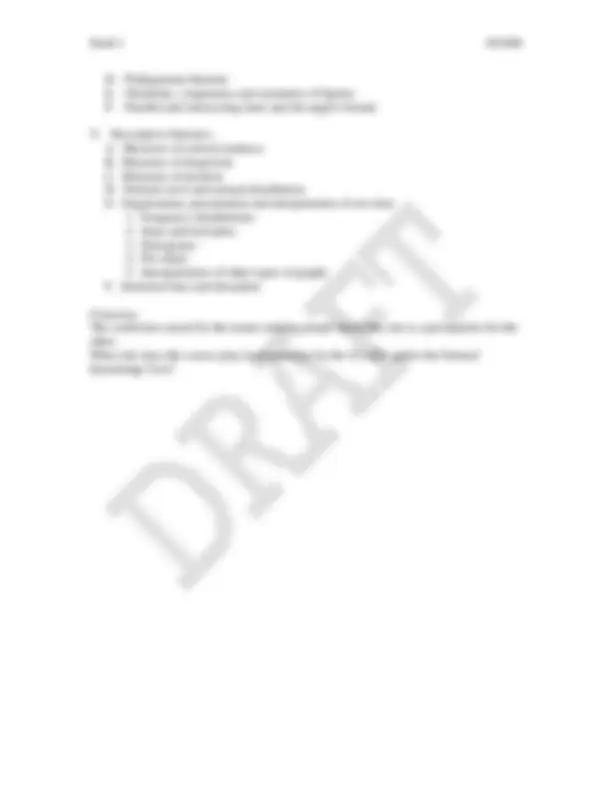



Study with the several resources on Docsity

Earn points by helping other students or get them with a premium plan


Prepare for your exams
Study with the several resources on Docsity

Earn points to download
Earn points by helping other students or get them with a premium plan
Community
Ask the community for help and clear up your study doubts
Discover the best universities in your country according to Docsity users
Free resources
Download our free guides on studying techniques, anxiety management strategies, and thesis advice from Docsity tutors
Material Type: Exam; Class: Topics in Mathematics; Subject: MGF, Mathematics:Genrl&Finite; University: Manatee Community College; Term: Fall 2008;
Typology: Exams
1 / 2

This page cannot be seen from the preview
Don't miss anything!


Draft 1 10/4/
MGF 1106 Liberal Arts Mathematics I
The purpose of this course is to demonstrate the utility and beauty of mathematics with an emphasis on critical thinking, the communication of mathematical ideas, and applications to real life. The course is intended for, but not limited to, students who need to satisfy a general education mathematics requirement and are in programs which do not require calculus. THIS COURSE IS NOT A PREREQUISITE FOR MGF 1107. THIS COURSE DOES NOT MEET THE REQUIREMENTS OF 6A-5.066(3)1, FLORIDA ADMINISTRATIVE RULES, FOR EDUCATION MAJORS. IT WILL NOT ENABLE THE TEACHER TO SUPPORT THE INSTRUCTION OF GEOMETRY AND MEASUREMENT AS LISTED BY THE SUNSHINE STATE STANDARDS.
PREREQUISITE: MAT 1033 Intermediate Algebra (with a minimum grade of C?)
Topics
I. Sets A. Symbolic notation and representations B. Subsets, union, intersection, complement C. Number of possible subsets of a set D. Venn diagrams E. Cardinality F. DeMorgan’s Laws
II. Logical Reasoning A. Symbolic forms of arguments B. Quantified statements C. Compound statements involving negation, conjunction, disjunction, and conditional and biconditional statements D. Validity of arguments through truth tables and Euler circles E. Common patterns of arguments F. Valid vs. sound arguments G. Equivalent statements including the use of contrapositives and DeMorgan’s Laws
III. Probability and Counting A. Fundamental counting principle B. Permutations and combinations C. Odds D. Expected value E. Events involving not , and , or and conditional probability F. Mutually exclusive and independent events
IV. Elementary Geometry and Measurement A. Units of measure and unit conversions B. Characteristics of two-dimensional and three-dimensional figures C. Problems involving perimeter, area and volume
Draft 1 10/4/
D. Pythagorean theorem E. Similarity, congruence and symmetry of figures F. Parallel and intersecting lines and the angles formed
V. Descriptive Statistics A. Measures of central tendency B. Measures of dispersion C. Measures of position D. Normal curve and normal distribution E. Organization, presentation and interpretation of raw data
Concerns: The confusion caused by the names making people think that one is a prerequisite for the other. What role does this course play in preparation for the CLAST and/or the General Knowledge Test?